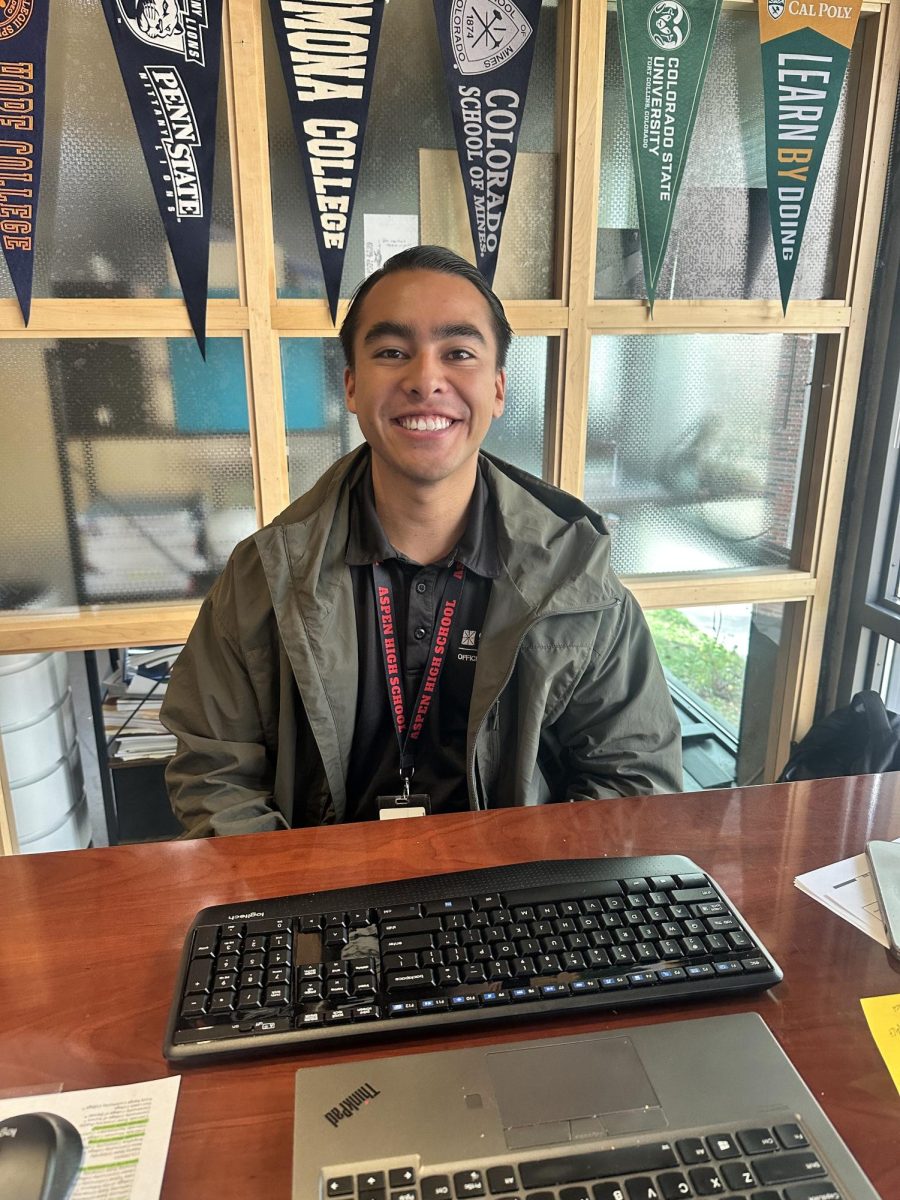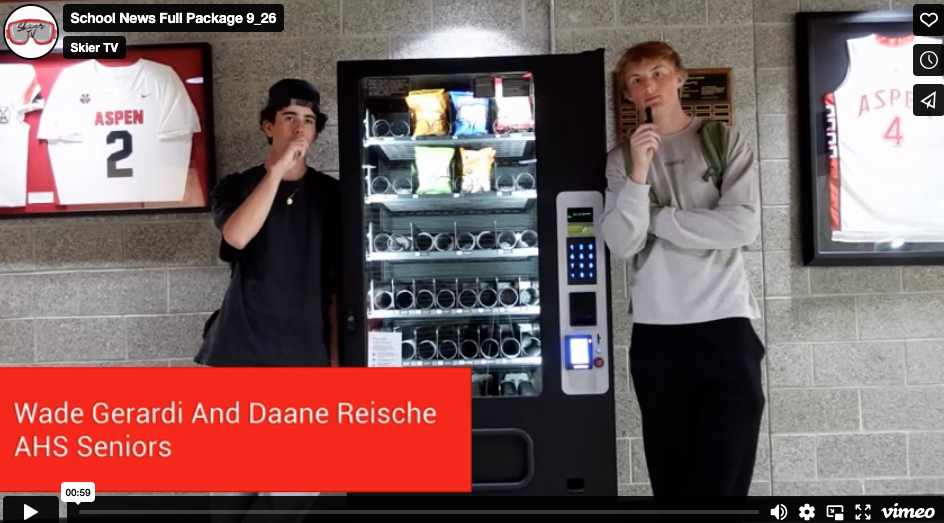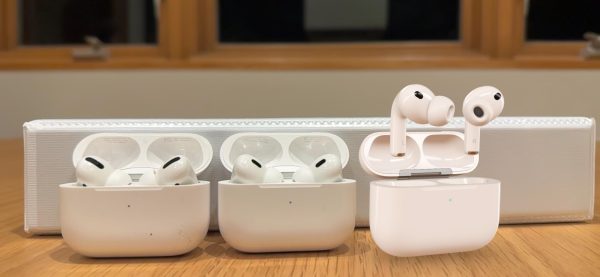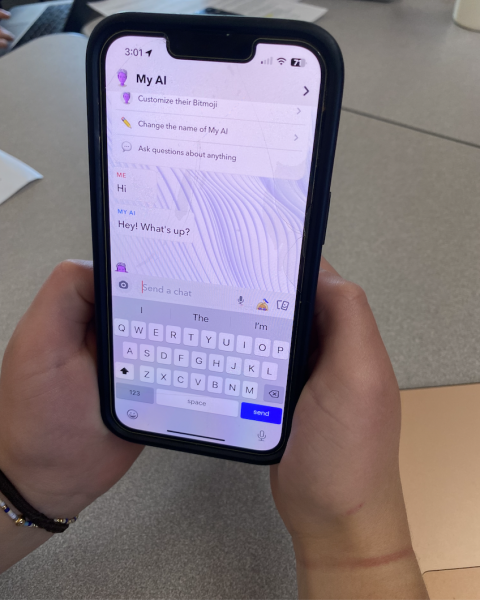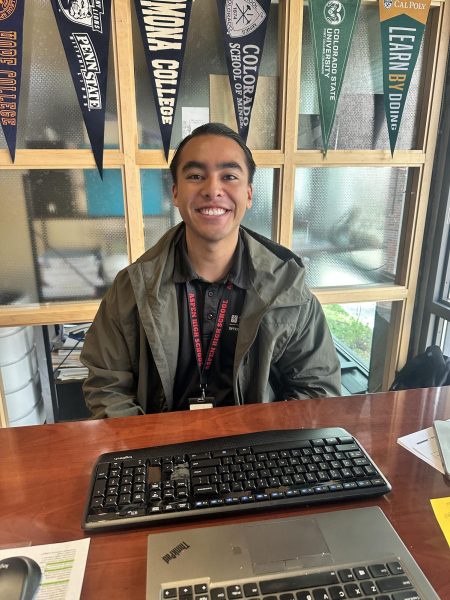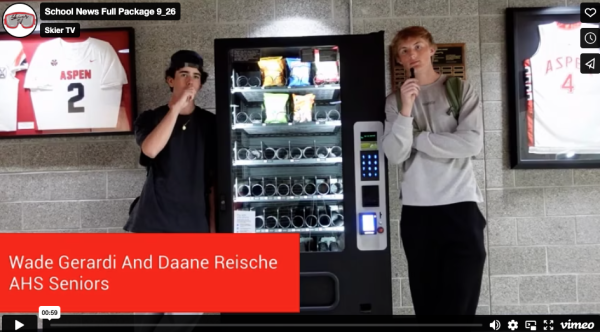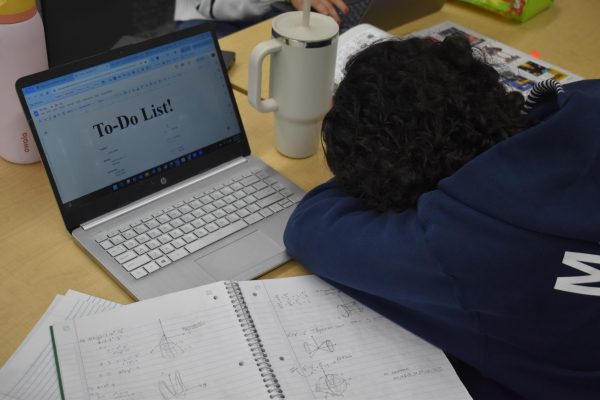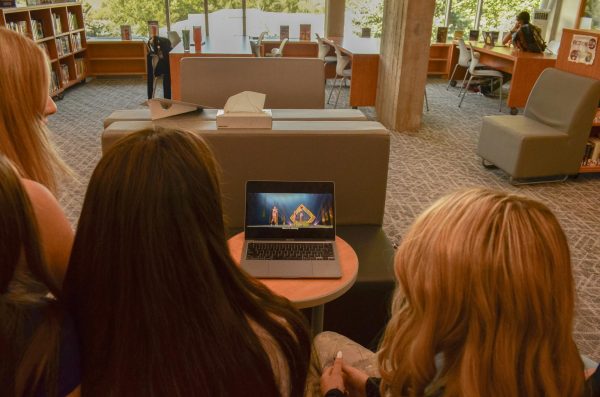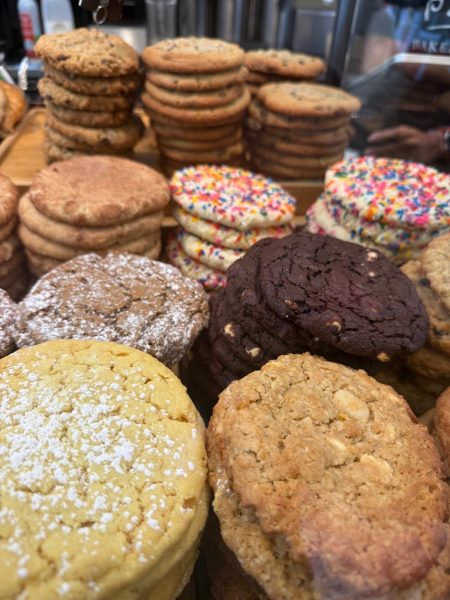Cuba Welcomes AHS Students
The Cuban “Coco-cars” the students rode in.
One group of students went off the map and voyaged to a country that has been under an embargo since 1962. Many other spring break activities included getting tan in California or surfing in Hawaii. In basic terms, the United States embargo restricted trade and travel with Cuba. The AHS Cuba Club, led by teacher Gretchen Calhoun, saw spring break as an opportunity to see the country and culture before it becomes overrun by American influence.
The Cuba Club was designed to gain knowledge of the Cuban political position and raise money for the trip. Emily Driscoll, sophomore, was one of eleven students who initiated the voyage and created the Cuba Club.
“The Cuba club generated interest, gained participants, and gave us the opportunity to all meet together to discuss the trip and and important information about the trip,” said Driscoll who along with Hannah Small and Gretchen Calhoun managed the club and put the trip together through an organization called “OurCuba”, a Havana-based company that offers educational tours.
“The company designed a well-balanced tour of experiences – from visiting Old Havana to an excursion to tobacco plantations, a boat ride through a cave, meeting seniors, toddlers and children in a convent-turned daycare center and the Revolution Museum,” Calhoun said. She explained that the tour was an expensive way to go, but worth the cost to have an educated guide to experience the country.
“I payed a Cuban a dollar to ride a cow around town. It was super weird because it was really fat and gave you a butt massage when it walked,” freshman Philip Psaledakis said. Psaledakis was one of two male participants on the trip. His best memory was much different from a casual car ride around town.
“My favorite experience was riding around in the Coco Cabs, which were circular open cars. It was such a fun way to recap the trip and all the cool things we had seen,” Taylor Reid, a freshman participant said.
“They were unique because you can only ride the car bubbles in Cuba,” Driscoll agreed.
Calhoun was especially enthralled by their visit to Old Havana, a UNESCO (United Nations Educational, Scientific and Cultural Organization,) World Heritage Site.
“I really wasn’t prepared for how striking the architecture is. There are five historic plazas, containing the largest collection of colonial-era architecture in the western hemisphere. It blew me away,” Calhoun said.
Being in a communist country was very unusual for the group to experience; the culture was frozen in the 50s. Doctors only made about $20-$30 a month, and ration cards only last for 12 years.
“Bathroom attendants can make more money off of tips than a doctor can make monthly,” Driscoll explained. She said that despite the low income wages, the Cubans acted like they didn’t have a care in the world, always bright and smiling. They were very welcoming, and apparently the livestock was as well.
Everything was a learning experience for the students and Calhoun as well.
“I think it could take an entire month to really be able to digest all the new knowledge that enters your brain as you experience the country,” Calhoun said.
The Cubans had identical meals for breakfast, lunch and dinner.
“It was rice, beans, and a form of protein like fish and chicken. Vegetables don’t really exist there,” Driscoll said. The diet was the hardest for most of the students on the trip to accept.
The language barrier was also an obstacle that they had trouble with; Cuba wasn’t particularly used to hosting Americans.
“None of us spoke Spanish except Fernando, and we only communicated because of him. It was a big difficulty for all of us but great exposure,” Reid said.
Another hard adaptation was the loss of technology since there is no telecom infrastructure in Cuba, which will surely change with American influence and tourism.
“I think that made students look around more,” Calhoun said. “There was so much to take in, the spectacular 1950s cars, the crumbling architecture, the absence of anything to buy – no gum, no candy, no newspapers, no grocery stores.”
Their eyes were opened to a whole new way of life. The Cuba Club hopes to increase participation and continue the trip in future years, before the hurricane of American change comes to Cuba.
“I guarantee you will love this country. I can’t emphasize enough that the season on tourists has opened up: people are arriving from all over the world and the American influx will soon overwhelm the island,” Calhoun said.
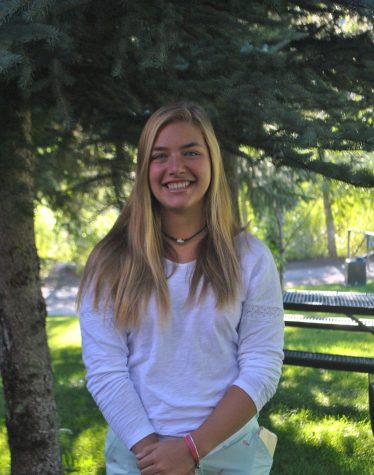
Chelsea is a junior at AHS, and a staff writer for the Aspen Skier Scribbler. This is her second year writing for the paper, and she hopes to remain part...




